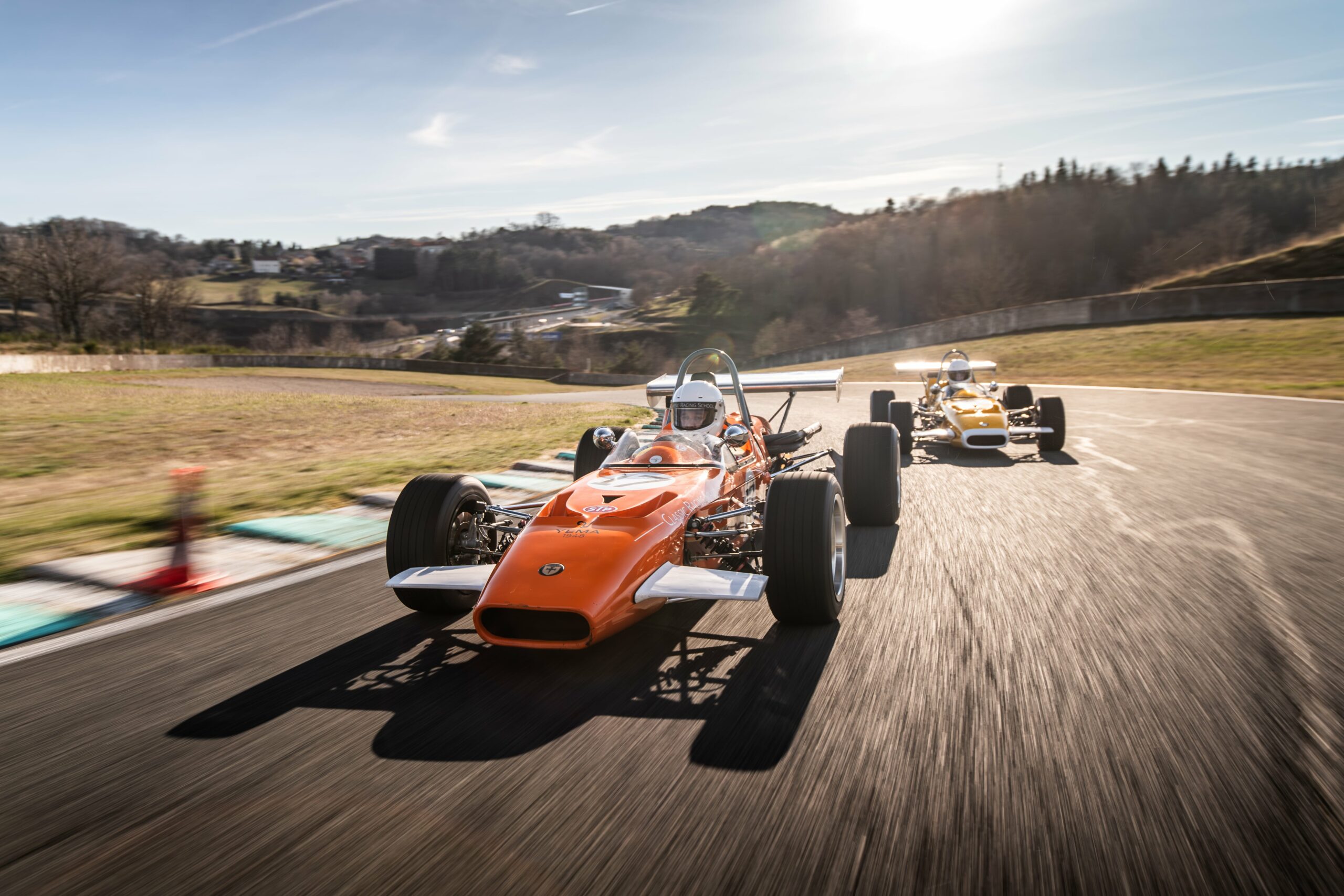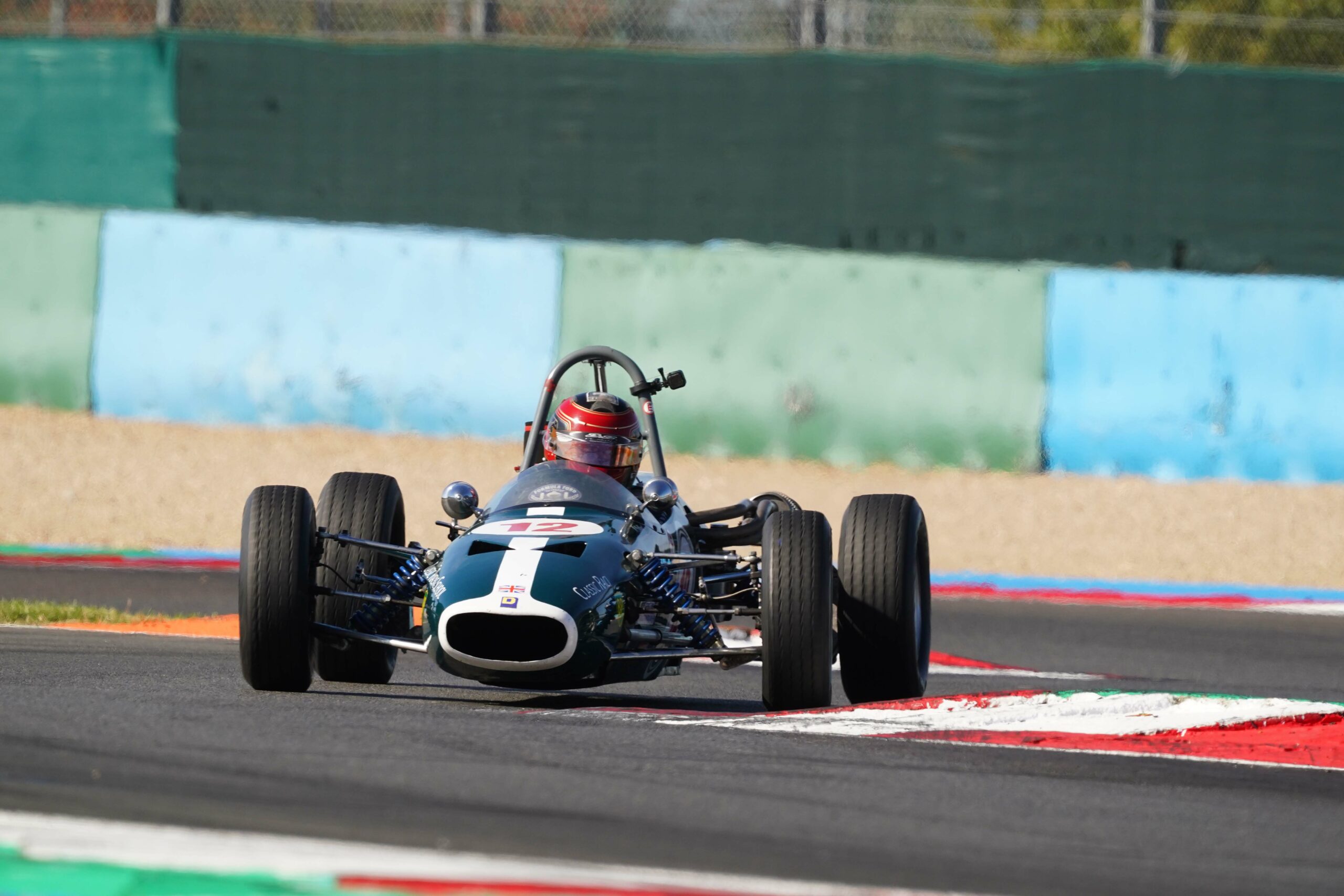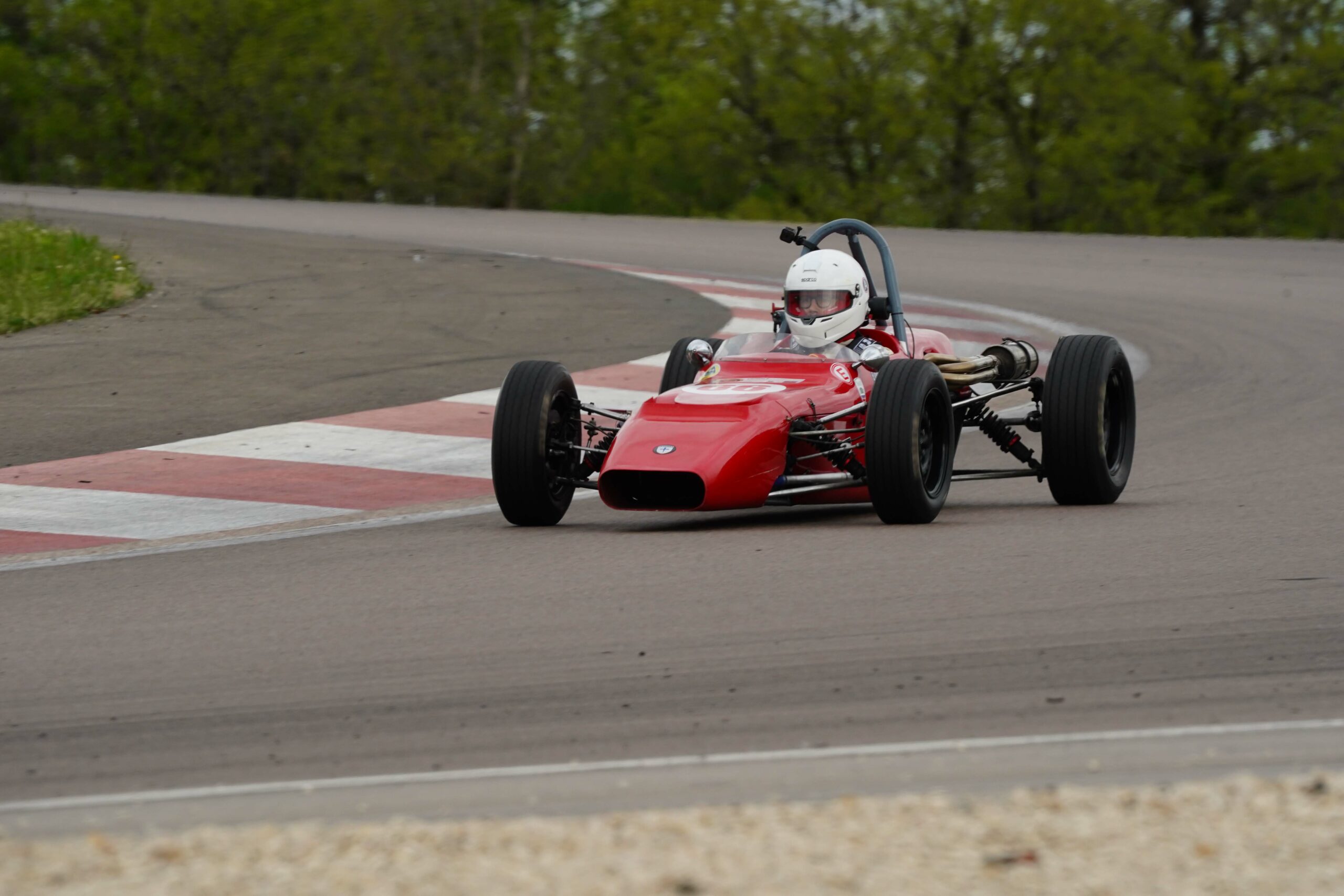Now part of the French Historic Circuit Championship, Formula Ford has long been the gateway to Formula 1 for young talents. At the Classic Racing School, you will have the opportunity to drive a real historic Formula Ford car. A look back at the history of this legendary category.
The Formula Ford single-seater
Formula Ford is an iconic category of motorsports, created over 50 years ago. In 1967, the Motor Racing Stables team wanted to cut costs. Maintenance, repairs and parts changes were costing the team a lot of money as they were racing in Formula 3 with high revving 997 CC engines. It was with this concern for savings that the structure created Formula Ford.
The first single-seaters in this new category were equipped with the same engine as the Ford Cortina GT. For the young drivers, it had many advantages, with more torque, less risk of breakage and easier driving. This is where the name of the class comes from.
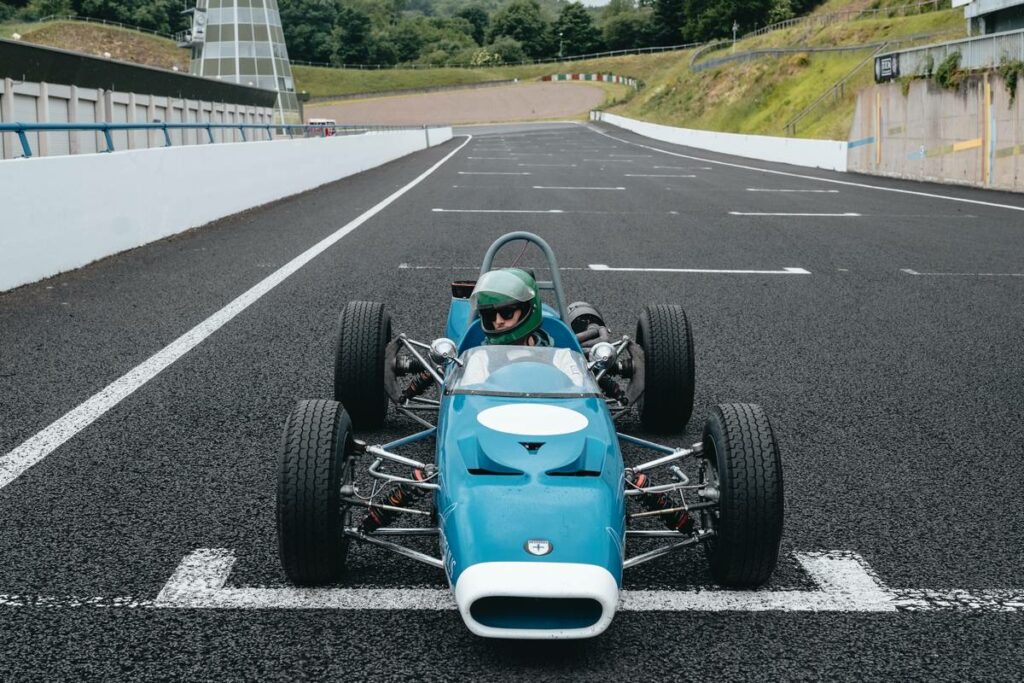
Over time, the engines used in Formula Ford have evolved. As early as 1968, single-seaters were powered by a Ford Kent 1600 Crossflow, which was used until the 1990s. This was followed by the Zetec and Duratec engines, which were more powerful but also heavier.
In terms of the cars’ appearance, Formula Ford proved to be very interesting for the manufacturers. The design of the chassis was free, allowing the participants to let their imagination run wild. This specificity allowed many structures, big or small, to participate in the Formula Ford championships: big institutions, such as Lotus, March or Lola, but also less famous names (but nevertheless very competitive) such as Merlyn or Crosslé. It was the latter who developed the 90F that you can drive at the Classic Racing School, on the Charade circuit.
Formula Ford goes global
Formula Ford went all over the world rapidly. Its accessibility, both in terms of price and driving experience, makes it an excellent category for all driver profiles. Youngsters eager to make a career and climb to the top of Formula 1 rub shoulders with older amateurs looking for speed and thrills.
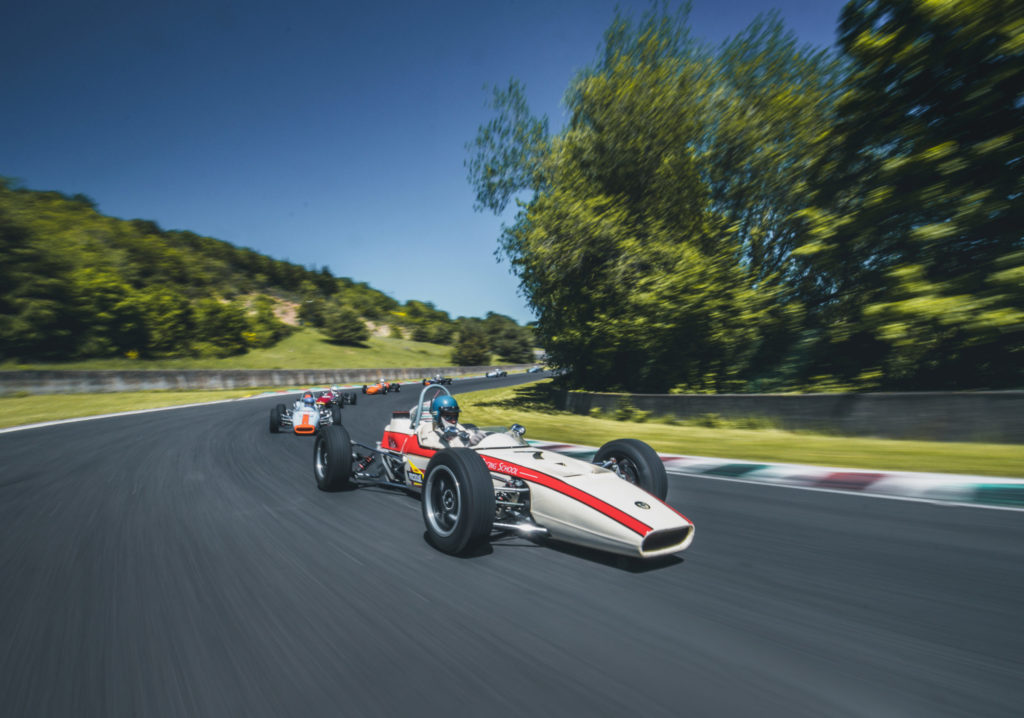
By the early 1970s, Formula Ford was already established on four continents: Europe (which was full of national and regional competitions, with the European Formula Ford Championship born in 1969), America (Brazil), Africa (South Africa) and Oceania (Australia and New Zealand). The latter, sidelined by the large-scale championships, took over Formula Ford with numerous competitions, some of which are still contested today, notably the Australian Formula Ford Series and the New-Zealand Formula Ford Championship. It was in the latter that IndyCar legend Scott Dixon scored his first single-seater success.
It wasn’t until the 1980s that the sport came to North America with the Canadian Formula Ford 2000 Championship. Ten years later, the United States launched its championship, as did Asia, which created Formula Asia.
French Formula Ford
On the Formula Ford planet, France has had (and still has!) its say. The French Formula Ford 1600 Championship was created in 1984. It was a single-seater designed by Jean Rondeau, the first French manufacturer, which won the inaugural season. However, it was a Reynard chassis (built in Great Britain) that was fitted to the single-seaters. It was the emblematic manufacturer Mygale that produced the first 100% French Formula Ford.
It was this manufacturer that won the most titles (9), ex aequo with Van Diemen. The championship will last until 2005 after having undergone several evolutions, notably in terms of engines. It was the growing success of Formula 3 and Formula 4 that gradually overtook Formula Ford.
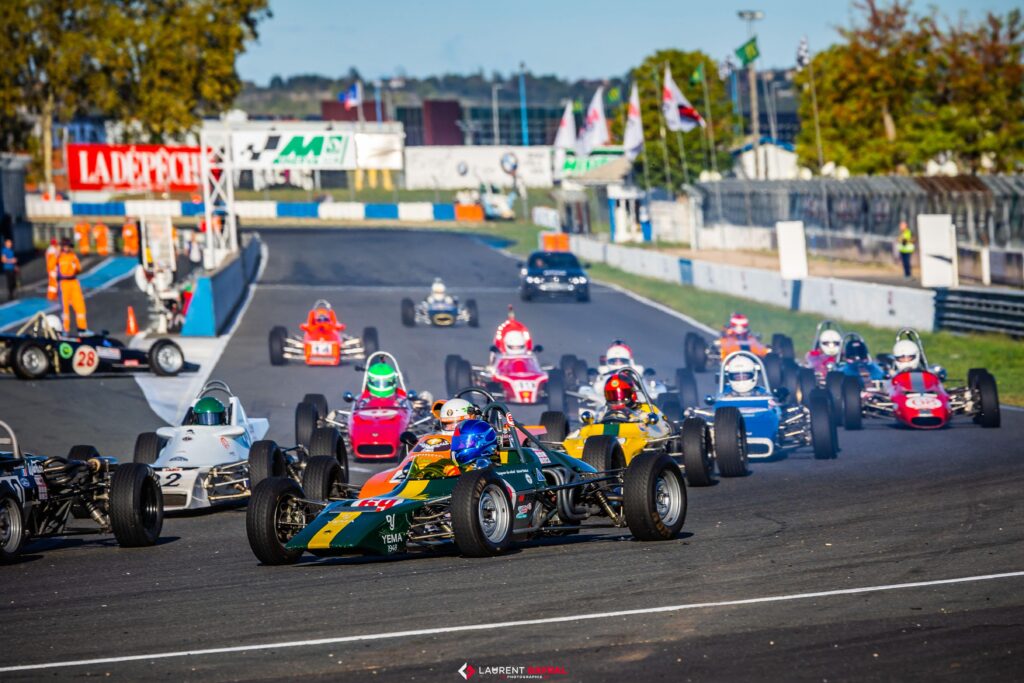
However, the category is not dead! Even today, it is possible to watch Formula Ford races in France. The single-seaters have their own category in the French Historic Circuit Championship, which will be held at Dijon, Albi, Lédenon, Magny-Cours and Val-de-Vienne in 2023.
In a different context, you can drive an authentic Formula Ford on the Charade circuit. Thanks to the Classic Racing School, you can put yourself in the shoes of a driver from the Sixties with unique driving experiences. Discover the different programmes by clicking here.
Legendary drivers
Unfortunately for you, a career in Formula 1 is probably out of the question. But by getting behind the wheel of a Formula Ford, you could relive the thrill of past racing glories. Some of the biggest names in Formula One came through Formula Ford to get their first taste of single-seater racing, a few months after leaving the karting circuits.
The most famous of them all is Ayrton Senna. Backed by Ralph Firman (Van Diemen’s boss), the young Brazilian, who showed phenomenal talent in karting, finished fifth in his very first single-seater race, held at Brands Hatch in 1981. Then entered in the British Formula Ford Championship, the Paulist rose to power: third in his second race, he won the following one with an impressive lead in the rain. A star was born. The rest is history: only three years later, the Brazilian entered F1 and became a legend by winning three world championships.
But Ayrton Senna was not the only F1 World Champion to make his debut in Formula Ford. James Hunt, Emerson Fittipaldi, Jody Scheckter, Nelson Piquet, Damon Hill, Michael Schumacher, Mika Häkkinen and Jenson Button all started out in Formula Ford. This festival of legendary names is proof that this universal championship was very formative, whatever the generation.
Crosslé in Formula Ford
Other great names in motorsports’ premier class can be added to the list of drivers revealed in Formula Ford: Nigel Mansell, Eddie Irvine and John Watson. What do they have in common? They all started out in a Crosslé. Founded in 1957 by motorbike racer John Crosslé, the brand immediately positioned itself as a contender for victory in its first races.
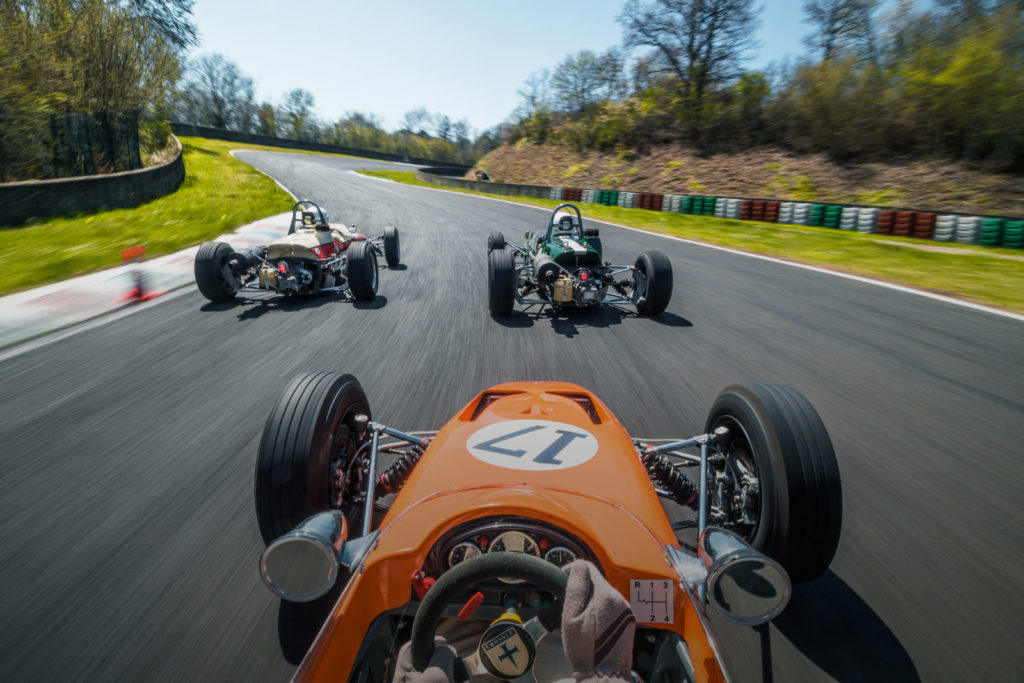
The legendary model of the Northern Irish manufacturer was the Crosslé 16F, produced from 1969 onwards. This car took part in the European Formula Ford Championship, which it won with Gerry Birrell. Successes followed in this category, which had become the manufacturer’s speciality: lap record in the Formula Ford World Cup at Brands Hatch in 1972, British Formula Ford 2000 champion in 1975, SCCA Formula Ford champion the following year…
Of course, Crosslé didn’t produce only Formula Fords. One of its other emblematic models is the 9S, a two-seater prototype weighing 550 kg and developing 240 horsepower. This exceptional car is now available at Charade, with passenger rides alongside professional drivers. A real monster of power!
Today, Crosslé produces the 90F, a continuation of the Formula Ford 16F with minor alterations to adapt it to the use of the racing school. To book a course at the Classic Racing School is to take a real leap back in time and get behind the wheel of an exceptional Formula Ford single-seater, winner of several championships and revealing some of the greatest talents in motor sport.
